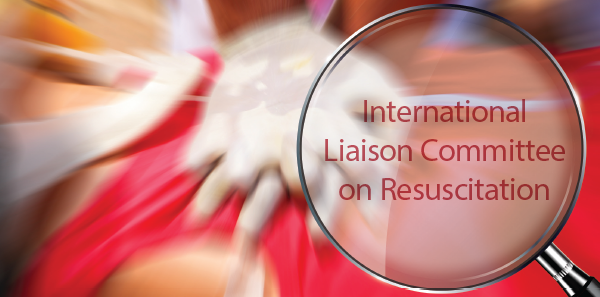
Discussion: Stroke assessment systems are simple, low-risk methods for promoting early stroke recognition among first aid providers and have the potential to improve patient outcomes.
Explore This Issue
ACEP Now: Vol 35 – No 10 – October 2016Recommendation: The use of a stroke assessment system by first aid providers is recommended. FAST or KPSS are preferred as these are the simplest tools with the highest sensitivity. If a glucometer is available, use of LAPSS, OPSS, KPSS, or ROSIER may increase specificity.
Comment:
Dr. Stopyra: Further training to improve stroke identification is an extremely valuable step in improving access to health care and outcomes for patients. Emergency physicians can use simple scales outside of the hospital to describe stroke patients.
Toxic Eye Injury (FA 540)
Recommendation Author: G. Mike Hunihan, MD
Dr. Hunihan is a member of the Emergency Medicine Residency Training Class of 2018 at Warren Alpert Medical School of Brown University.
Question: Among adults and children with toxic exposure to the conjunctiva (P), does irrigation with isotonic saline, balanced salt solution, or commercial eye solution (I), compared to water (C), improve outcomes (O)?
Results: Although it features low-quality evidence, one animal in vivo observational study was deemed appropriate in addressing pH in the PICO. In this study, sodium hydroxide was applied to 16 rabbit corneas, irrigation trials were performed comparing different and equal escalating volumes of normal saline and water, and the pH was compared.
Outcomes: Irrigation with 0.5 L of water was found to significantly lower the initial pH versus 0.5 L of normal saline, but when 1.5 L of each were used, the difference disappeared. Importantly, pH remained elevated three hours after 1.5 L irrigation with either solution, indicating the dangers of alkali exposure. There was no evidence addressing the outcomes of intraocular penetration, corneal edema, intraocular pressure, or secondary glaucoma.
Discussion: Toxic exposure to the eye can result in severe morbidity if not treated quickly. It’s generally acceptable to irrigate until pH normalizes, but there’s no clear consensus on the optimal irrigation solution or volume. One paper was identified suggesting that water might lower the initial pH faster than saline, but at the large volumes required to normalize the pH, the difference disappears.
Recommendations: After chemical eye injury, first aid providers should continuously irrigate with large volumes of clean water and seek a professional health care provider. The local poison center should help identify chemicals involved in ocular injury.
Pages: 1 2 3 4 | Single Page




No Responses to “Review of First Aid Guidelines from the International Liaison Committee on Resuscitation”